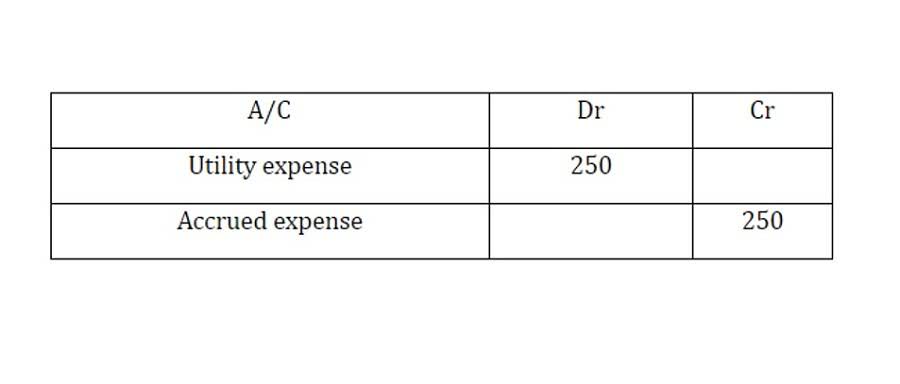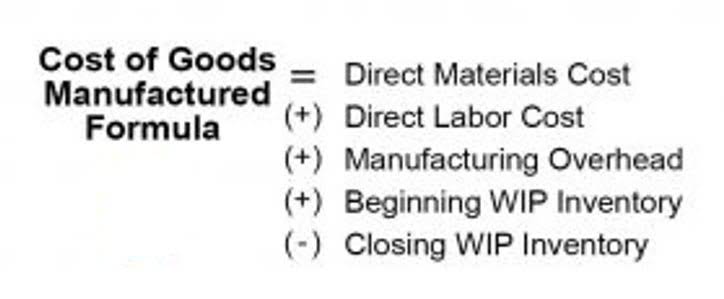
Inventory turnover is a ratio used to express how many times a company has sold or replaced its inventory in a specified period. Business owners use this information to help determine pricing details, marketing efforts and purchasing decisions. To calculate inventory turnover, simply divide your cost of goods sold (COGS) by your average inventory value. As mentioned, the inventory turnover ratio measures the number of times a company’s inventory is https://www.bookstime.com/articles/accounting-for-content-creators-and-influencers sold and replaced over a certain period.

Inventory Turnover Score
Reflects Demand – This formula focuses on how quickly inventory is sold based on revenue generated, contra asset account offering insight into product demand. You can also use an inventory turnover calculator to quickly compute this ratio based on your financial data. This signals that from 2022 to 2024, Walmart increased its inventory turnover ratio. Dividing the 365 days in the year by 8.8 shows that Walmart turned over its inventory about every 41 days on average.

Inventory Turnover Rate

Still, you don’t want those in your calculations because you simply have to have that inventory in stock in order to prevent stockouts. Inventory turnover ratio helps gauge efficiency in managing inventory. It relates to financial metrics like profit margins and cash flow, showing how well assets are utilized. Retailers often have higher ratios due to frequent sales, while manufacturers may have lower ratios due to slower production. It’s important to compare your ratio with industry benchmarks to get an accurate assessment. Industry reports or an inventory turnover ratio calculator can help with this comparison.
) Calculate the Inventory Turnover Ratio
It reports a net sales revenue of $75,000 and a gross profit of $35,000 on its income statement for the year 2022. The opening and closing inventory balances are $9,000 and $7,000 respectively. Calculate average inventory, inventory turnover ratio and average selling period for 2022. The eTurns TrackStock app can help companies improve their inventory turnover ratio and lower their inventory carrying costs through helpful inventory optimization tools. Features like these help businesses boost efficiency and save money, which will be reflected in future inventory turnover ratios. Seasonal variations also impact inventory turnover and can lead to misconceptions.

What Is the Inventory Turnover Ratio?

The inventory turnover ratio should be calculated monthly or quarterly. Regular calculations help monitor performance, adjust inventory levels, and improve cash flow management. Inventory turnover ratio is a financial ratio showing how many times a company turned over its inventory in a given period. A company can then divide the days in the period, typically a fiscal year, by the inventory turnover ratio to calculate how many days it takes, on average, to sell its inventory. A high inventory turnover ratio indicates efficient inventory management, faster sales, and reduced holding costs. A company can improve its inventory turnover ratio by optimizing stock levels, reducing overstock, and increasing sales.
- In general, industries stocking products that are relatively inexpensive will tend to have higher inventory turnover ratios than those selling big-ticket items.
- This vital metric can help businesses to understand better and, if needed, shift their approach to inventory management.
- EBMS gives the user the ability to calculating pricing based on a margin calculation vs a markup calculation.
- While a high inventory turnover ratio can indicate efficient inventory management, it’s not always beneficial.
It is calculated by adding the value of inventory at the end of a period to the value of inventory at the end of the prior period and dividing the sum by 2. Some turnover reports include direct labor and overhead with the total cost of sales as the numerator of the formula. The EBMS Inventory Turnover report uses a more refined method concentrating on just the cost of materials. Generate reports for multiple Fiscal Years to compare ratios between years. A healthy company would maintain increased sales and high turnover rates.
- Focusing solely on the inventory turnover ratio can cause you to overlook factors like gross margin, customer satisfaction, and cash flow.
- Factors affecting the inventory turnover ratio include sales volume, purchase frequency, stock levels, product demand, and supply chain efficiency.
- For example, companies using FIFO cost flow assumption may have a lower ITR number in days of inflation because the latest inventory purchased at higher prices remain in stock under FIFO method.
- We calculate the average inventory by adding our starting and finishing inventories together and dividing by two.
Calculating Inventory Turnover Ratio
That helps balance the need to have items in stock while not reordering too often. A low inventory turnover ratio can be an advantage during periods of inflation or supply chain disruptions, if it reflects an inventory increase ahead of supplier price hikes or higher which of the following factors are used in calculating a company’s inventory turnover? demand. For example, retail inventories fell sharply in the first year of the COVID-19 pandemic, leaving the industry scrambling to meet demand during the ensuing recovery. A decline in the inventory turnover ratio may signal diminished demand, leading businesses to reduce output. A high inventory turnover ratio, on the other hand, suggests strong sales. As problems go, ensuring that a company has sufficient inventory to support strong sales is a better one to have than needing to scale down inventory because business is lagging.
- Inventory turnover ratio refers to how quickly a company’s inventory is sold and replaced within a set period, such as one year or month.
- The reason is that such companies generally have much lower inventory balances to report on their balance sheet as compared to those that just rely on traditional approaches of inventory restocking.
- In this case, you need to decrease your minimum levels of that inventory so you don’t replenish it too soon, thereby allowing you to “burn it off”.
- Using an inventory turnover calculator can help find the right balance.
EBMS gives the user the ability to calculating pricing based on a margin calculation vs a markup calculation. Review Inventory Pricing Overview to instructions to set this important option. In both cases, there is a high risk of inventory aging, in which case it becomes obsolete and has little residual value.
-
Previous Post
List Of Free Porn Games No Credit Card Needed


